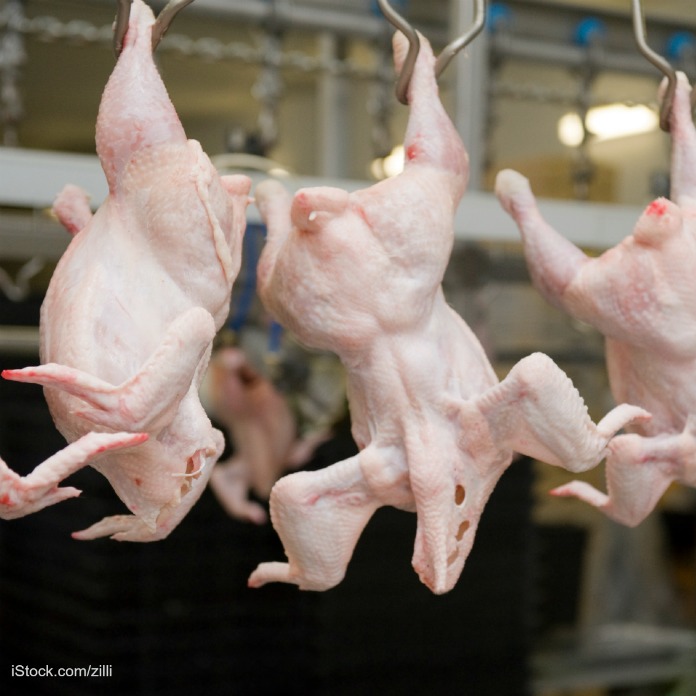The USdA is going to begin sharing food safety data specific to slaughter and processing facilities on Data.gov. The FSIS Establishment-Specific Data Release Strategic Plan will let consumers make more informed choices. It may also motivate these establishments to improve their performance, and uncover the strengths and weaknesses of different food safety and processing practices.

USDA Deputy Under Secretary for Food Safety Al Almanza said, “FSIS’ food safety inspectors collect vast amounts of data at food processing facilities every day, which we analyze on an ongoing basis to detect emerging public health risks and create better policies to prevent foodborne illness. Consumers want more information about the foods they are purchasing, and sharing these details can give them better insight into food production and inspection, and help them make informed purchasing decisions.”
The USDA has 7,500 food safety inspectors who work in more than 6,000 meat, poultry, and processed egg facilities and more than 120 ports of entry every day. Since 2009, FSIS has implemented significant food safety changes, and a 12% drop in foodborne illnesses associated with regulated products was the result.
The National Research Council reviewed this proposal and recommended a data release strategic plan. This release of data is motivated by the public’s right to know, and targeted transparency. The possible negative ramifications from this data release could include end users drawing inappropriate conclusions because of data misinterpretation, and potential adverse effects on inspector performance and brand reputation. But the NRC Committee concluded that there are “strong arguments supporting public release of establishment-specific FSIS data, especially data that are subject to release under FOIA (Freedom of Information Access).”
This data will publish on Data.gov on a quarterly basis, 90 days after publication in the Federal Register. FSIS will provide information on the processes used at each facility. Results for Listeria monocytogenes and Salmonella in ready-to-eat products and processed egg products will be released.
Other dataset will then be shared, including results for Shiga toxin-producing Escherichia coli (STEC) and Salmonella bacteria in raw, non-intact beef products; results for Salmonella and Campylobacter in young chicken and turkeys, comminuted poultry, and chicken parts. In addition, routine chemical residue testing data and advanced meat recovery testing data will be shared.




